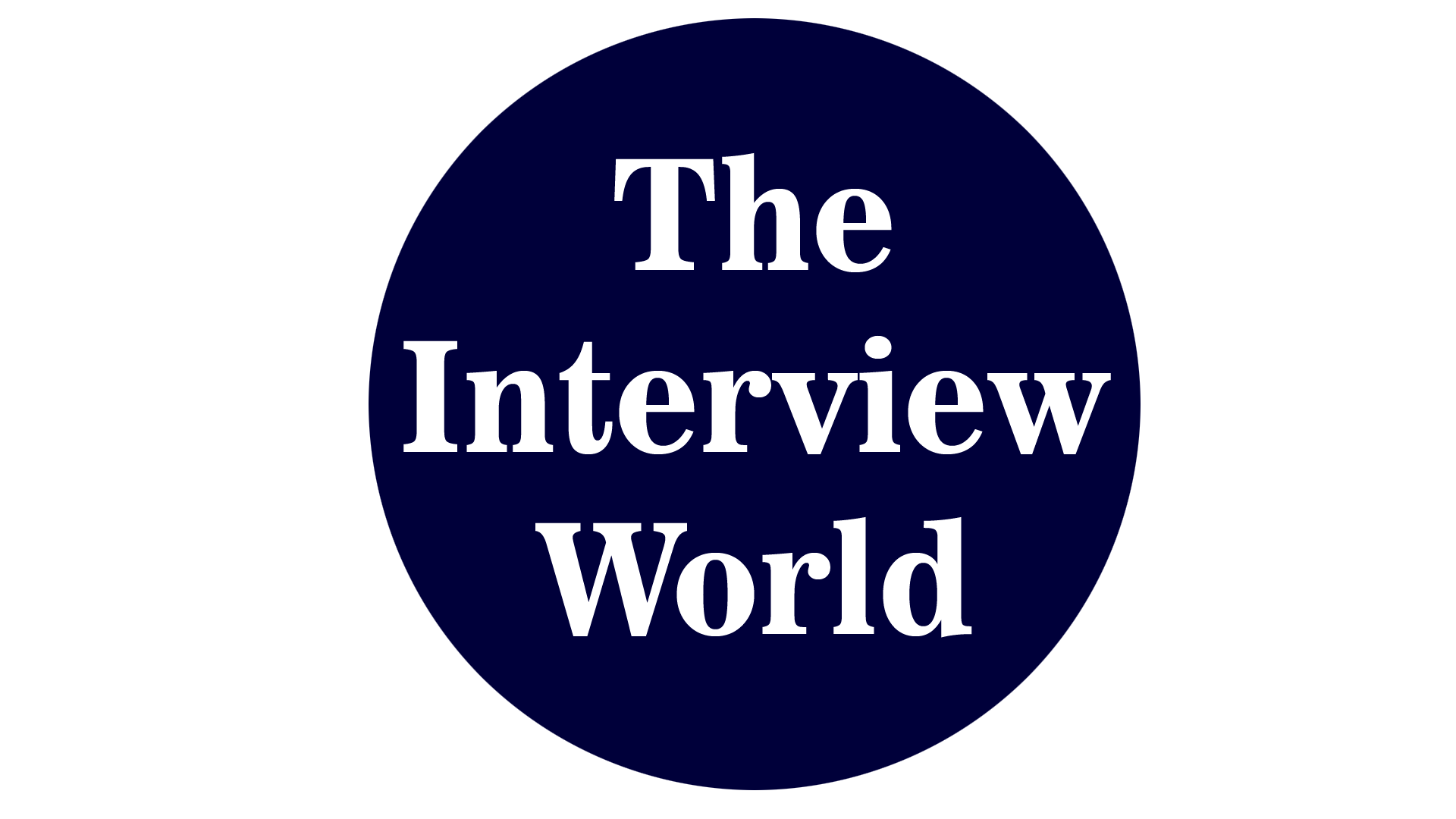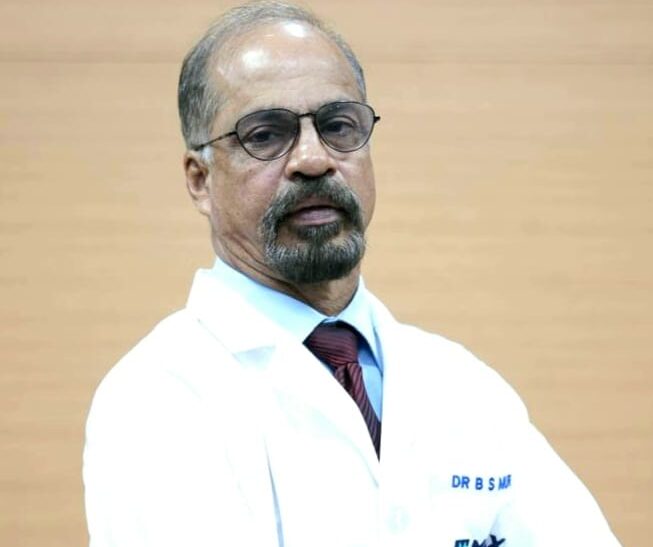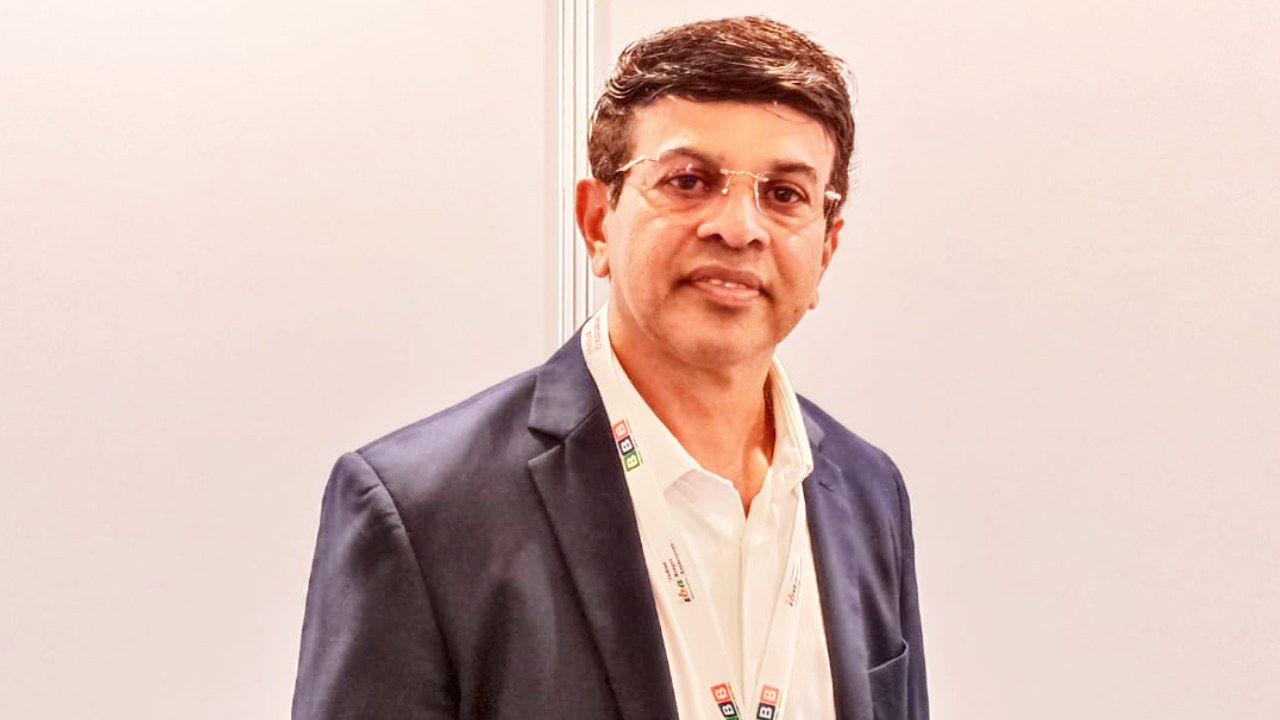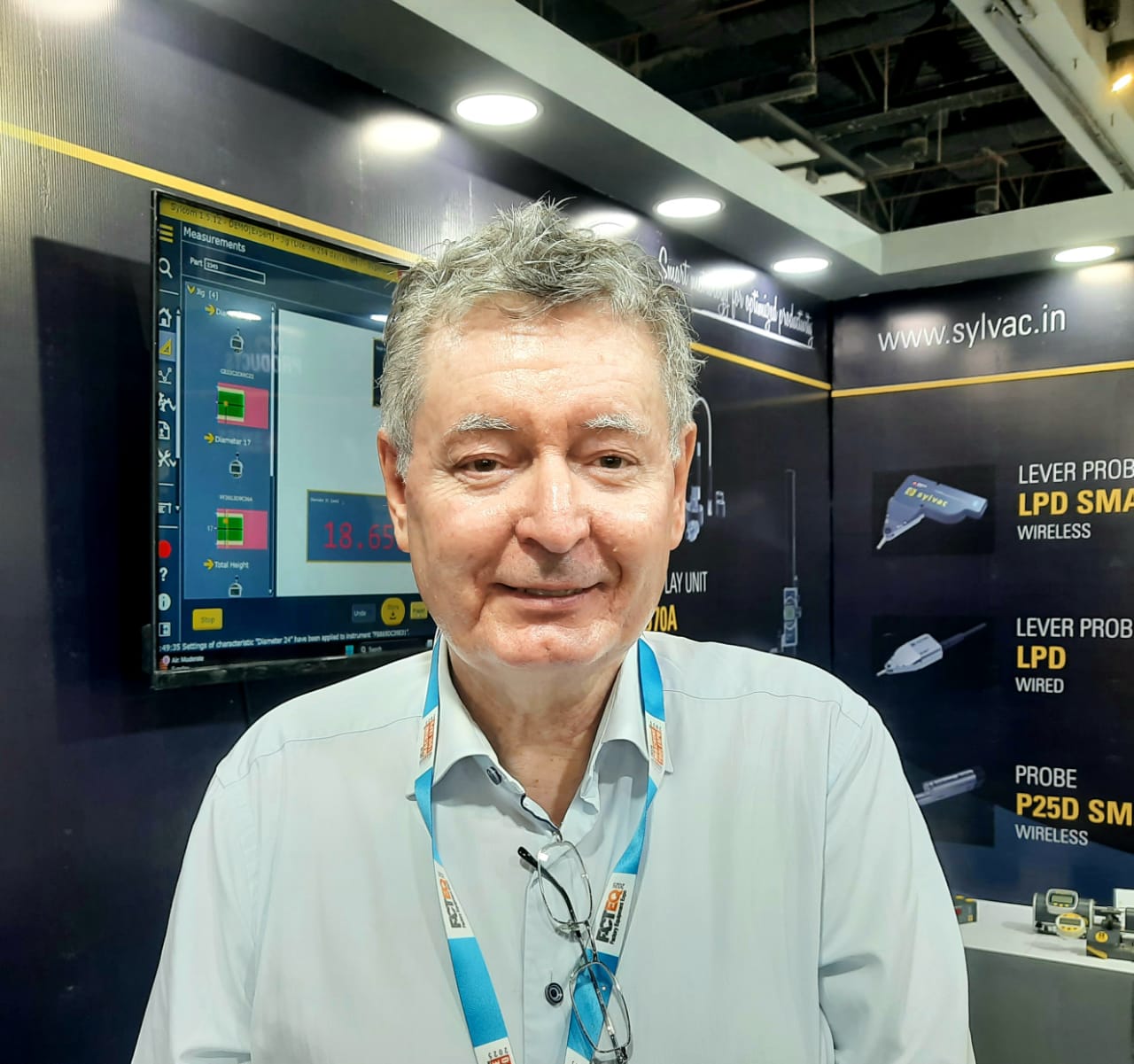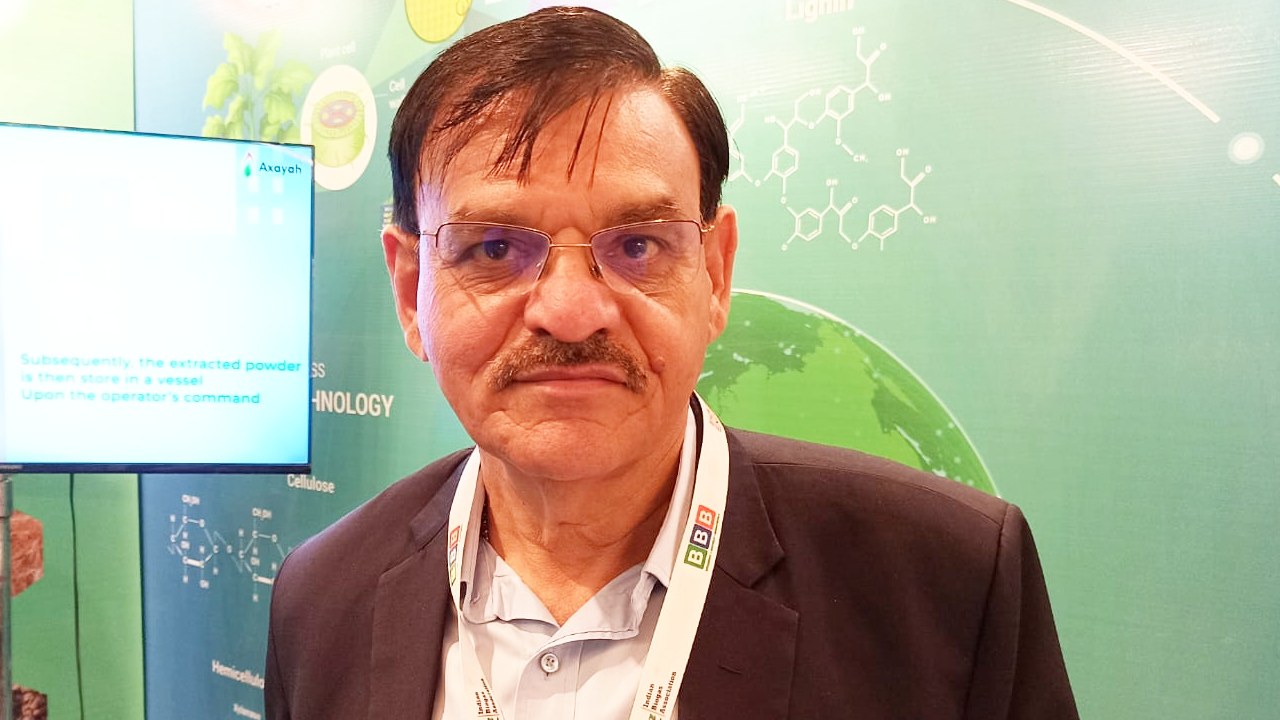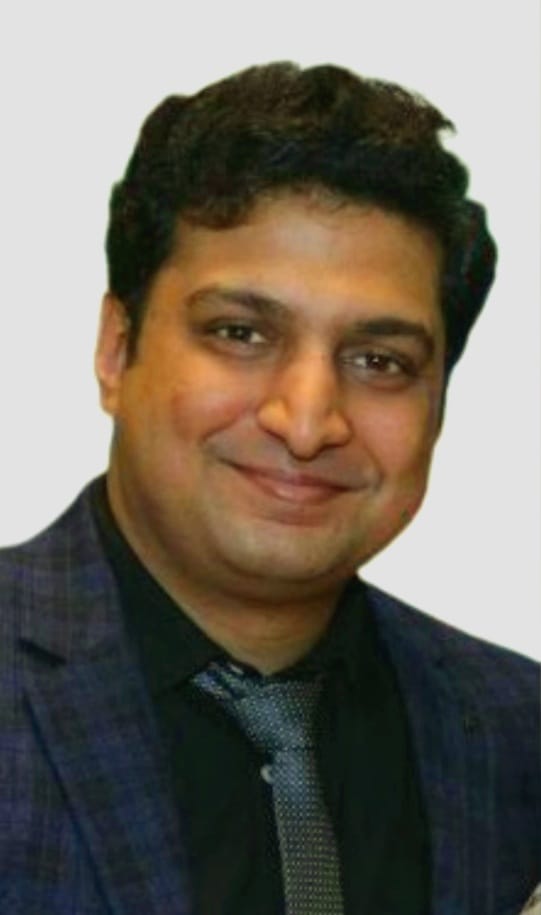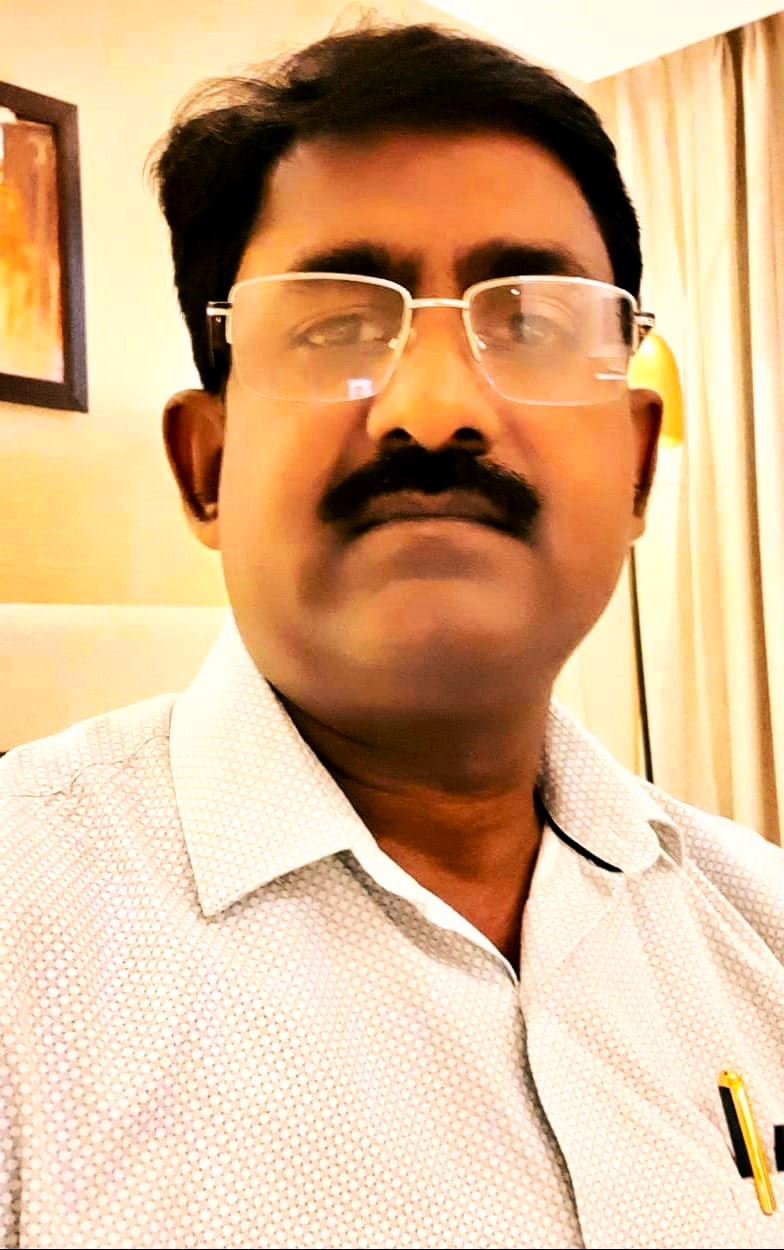As we age, our bones steadily lose density and strength—an insidious decline that significantly raises the risk of conditions like osteoporosis, particularly among postmenopausal women and the elderly. This “silent disease” often advances without symptoms, until a sudden, debilitating fracture reveals its profound impact. At the heart of bone health lies Vitamin D. It facilitates calcium absorption and drives the bone remodelling process. Yet, widespread deficiency—especially among older adults with limited sun exposure—remains a critical concern.
Bridging this gap requires a proactive approach. Strategic supplementation and targeted dietary changes can play a decisive role in both prevention and management. Encouragingly, orthopedic science has entered a new era of innovation. Breakthroughs in diagnostic tools such as DEXA scans, minimally invasive surgical methods, and next-generation biomaterials for implants have redefined patient care. Moreover, cutting-edge technologies—robotic-assisted surgeries, 3D-printed implants, and AI-powered diagnostics—are accelerating recovery, enhancing precision, and vastly improving patient outcomes.
When paired with early detection and lifestyle modifications, these advances illuminate a promising path forward. They offer not just treatment, but restoration—of movement, of autonomy, and of quality of life. The convergence of nutrition, technology, and preventive care will ultimately determine the trajectory of orthopedic health in aging populations.
In an exclusive conversation with The Interview World, Dr. (Prof.) B.S. Murthy (Ortho), Principal Director and Senior Joint Replacement Surgeon at Max Super Speciality Hospital, makes a compelling case for prioritizing bone and joint health with advancing age. He shares actionable insights on addressing Vitamin D deficiencies, explores transformative innovations in orthopedic care, and sheds light on the evolving landscape of sports orthopedics in India. Here are the key takeaways from his impactful conversation.
Q: Why is preventive healthcare with environmental adjustments crucial for protecting bone health and enhancing quality of life in old age?
A: Osteoporosis is a highly prevalent condition, especially among the elderly. Senile osteoporosis refers to the gradual weakening of bones due to aging. Our bones constantly undergo a process of remodelling—old bone is broken down and removed, while new bone is deposited. In youth, bone formation outpaces bone loss. However, with advancing age, this balance shifts. Bone resorption accelerates while deposition slows, leading to decreased bone density and increased fragility.
As a result, older adults become more prone to fractures, particularly from minor falls. Common scenarios include slipping in the bathroom or tripping while walking in the park. The hip bone, being structurally vulnerable and crucial for mobility, is most frequently affected. Hip fractures are especially serious and often require surgical intervention, such as a joint replacement or ball-and-socket prosthesis.
To prevent such outcomes, individuals must take proactive steps to maintain bone health. This includes regular weight-bearing exercises, a nutrient-rich diet—especially with adequate calcium and vitamin D—and an overall healthy lifestyle.
Equally important are safety measures at home. Elderly individuals should have access to well-lit, non-slippery bathrooms equipped with hand railings. Floors should be clutter-free, and bedsheets should be properly tucked to avoid tripping. These simple yet effective modifications can significantly reduce the risk of falls and fractures.
In short, a combination of preventive healthcare and thoughtful environmental adjustments plays a critical role in safeguarding bone health and ensuring a better quality of life in old age.
Q: Given the widespread prevalence of Vitamin D deficiency in India, what strategies can be implemented to effectively combat this issue?
A: Vitamin D is not naturally present in significant amounts in most foods. Unlike other vitamins, it functions more like a hormone. It is synthesized in the body from cholesterol through a process triggered by sunlight exposure. This is why vitamin D is often referred to as a hormone rather than a traditional dietary vitamin.
Currently, dietary sources alone cannot meet the body’s vitamin D requirements. Although government initiatives have begun fortifying milk with vitamin D, natural food sources remain insufficient. Therefore, regular exposure to sunlight remains the most effective way to generate adequate levels of vitamin D. However, in areas with high pollution or limited sunlight, supplementation becomes essential to prevent deficiency.
Calcium, in contrast, is abundantly available in natural foods. Dairy products such as milk, cheese, and paneer are among the richest sources. While certain fruits and vegetables do contain calcium, their levels are comparatively lower and often insufficient to meet daily requirements. Therefore, including milk and dairy products in the daily diet is crucial.
The human body requires approximately one gram of calcium each day. However, only about 100 milligrams—roughly 10%—is actually absorbed; the remaining 900 milligrams are excreted. This means that dietary intake must be high enough to ensure that even this small absorbed portion meets the body’s physiological needs. Dairy products, particularly milk, provide the most concentrated and bioavailable form of calcium.
In summary, while calcium can be reliably sourced from food, vitamin D requires sunlight exposure or supplementation—especially in environments where pollution or lifestyle factors limit sun exposure. Together, both nutrients are essential for maintaining strong bones and overall health.
Q: What are the most promising emerging technologies currently transforming the field of orthopedics?
A: Orthopedics is one of the most rapidly evolving fields in medicine, largely because it is rooted in mechanics. As mechanical science advances, so too does orthopedic practice. Earlier, procedures were rudimentary and relied on basic tools and techniques. Today, engineering innovations and biomechanical research have revolutionized the field.
Decades of biomechanical studies—powered by tools like MRI and dynamic imaging—have helped us better understand the complex mechanics of the human body. This deeper insight has transformed implant design and the materials used. Modern implants are more durable, compatible, and biomechanically optimized than ever before.
Surgical techniques have also undergone a dramatic shift. In the past, joint surgeries required large incisions and extensive tissue disruption. Today, minimally invasive procedures are the norm. For instance, I now perform hip replacements through an incision as small as two inches—without cutting any muscles. This approach, known as minimally invasive surgery, significantly reduces recovery time, blood loss, and postoperative pain.
Moreover, our understanding of the musculoskeletal system has evolved. We now recognize the body as a dynamic, constantly moving structure. Previously, joint alignment was based on static mechanical positioning—essentially how a patient stood still. Today, we focus on functional alignment—how the joint behaves when the patient moves. This patient-specific approach ensures better long-term outcomes.
Technological integration has played a transformative role. Initially, surgeries were performed using manual techniques. Then came computer-assisted navigation. Now, robotic systems have entered the operating room—ushering in a new era of precision. Robotics enhances surgical accuracy, minimizes blood loss, and significantly improves patient outcomes.
In summary, orthopedics has transitioned from a largely mechanical discipline to a high-tech, patient-specific science—driven by data, innovation, and biomechanics.
Q: With sports orthopedics gaining traction in India, how is the country advancing in this specialized field?
A: The Government of India is making significant strides in strengthening the sports ecosystem by establishing dedicated sports academies across the country. Each academy now includes specialized physiotherapy units, fully equipped gyms, and access to orthopedic surgeons with expertise in sports injuries.
In addition to these national initiatives, specialized facilities like the Safdarjung Sports Injury Centre in Delhi and the center in Patiala serve as benchmarks in sports injury management. These institutions reflect the government’s proactive approach to athlete care and performance. Simultaneously, private organizations are also stepping up. I am personally associated with the Archery Association of India and the Fencing Association, where I serve as a medical advisor. In this role, I guide athletes on injury prevention, proper training techniques, and fitness assessments. We conduct regular evaluations and deliver motivational sessions emphasizing disciplined routines and the importance of recovery.
Sports injuries have become increasingly common, making injury prevention more critical than ever. High-profile examples highlight this urgency—such as Jasprit Bumrah, who suffered a back injury during the fifth Test against Australia. Such incidents underline the need for early intervention and advanced treatment.
Notably, a major shift has occurred in how we manage these injuries. In the past, elite athletes like Sachin Tendulkar and Anil Kumble sought treatment from foreign specialists. Today, leading Indian surgeons successfully perform complex sports procedures domestically. This transformation signals the rise of India’s medical capabilities and its growing self-reliance in sports medicine. In essence, both public and private sectors are working in tandem to create a robust, self-sufficient framework for sports injury prevention, treatment, and rehabilitation—marking a new era for Indian athletics.

